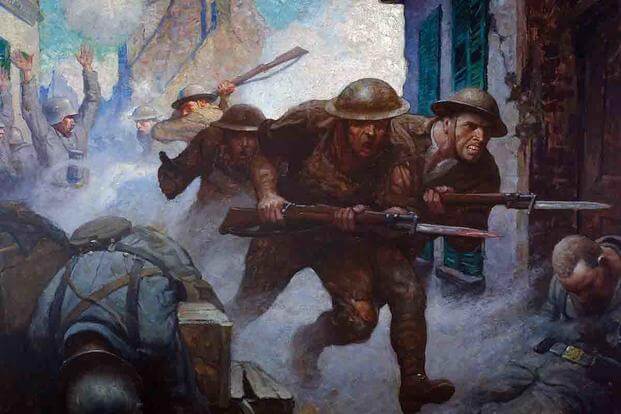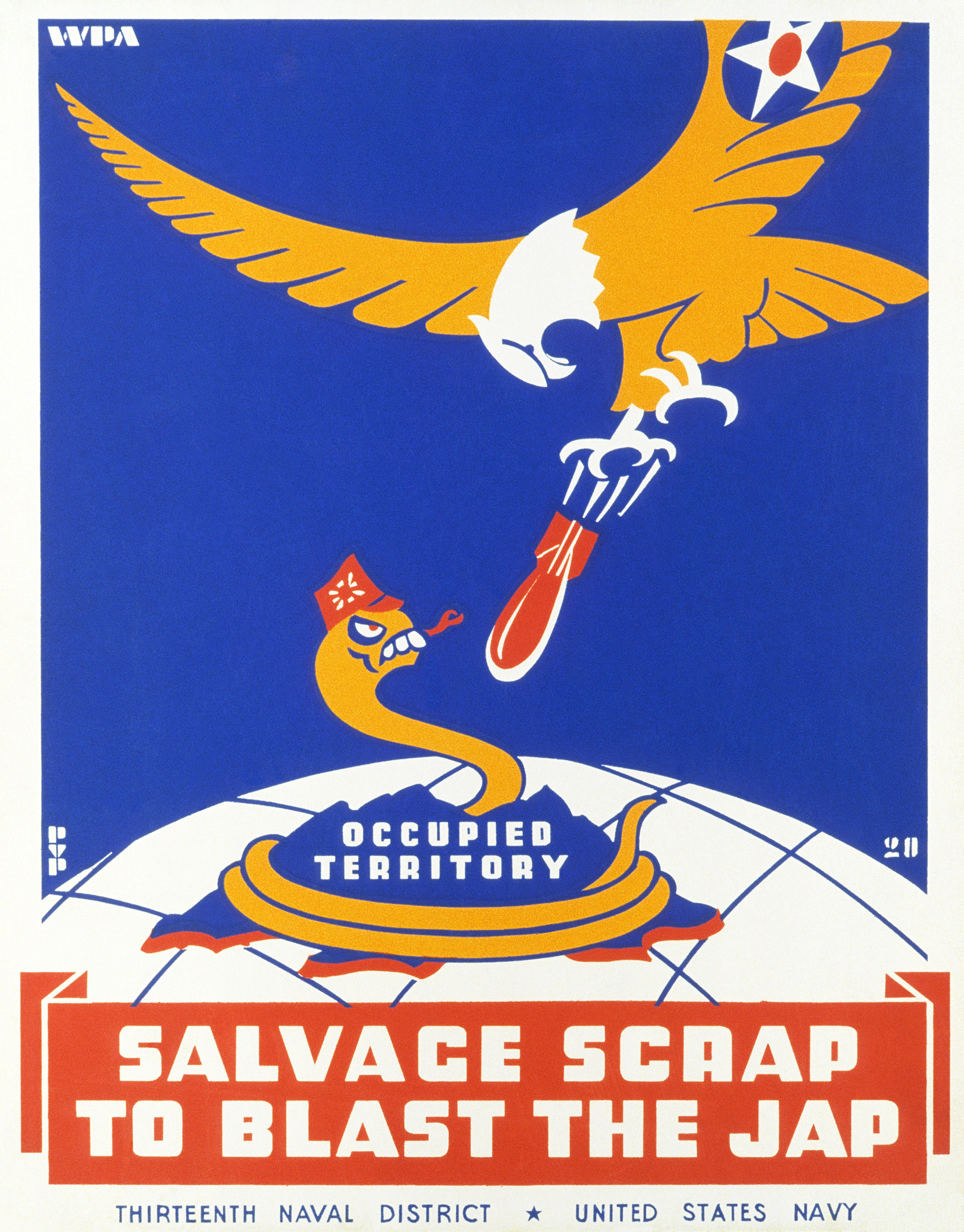In this sense, the American economic contribution alone was decisive. By April 1, 1917, the Allies had exhausted their means of paying for essential supplies from the United States, and it is difficult to see how they could have maintained the war effort if the United States had remained neutral.
Next Up in Fiber Nation: The Hand-Knit Socks that Marched to War | Fiber Nation | Tales of Textiles, Craft, and Culture | Interweave
One hundred years ago this month, the United States declared war on Germany and thereby entered World War I. Experts discuss why the United States entered “the Great War,” the consequences it had

Source Image: pinterest.com
Download Image
Overview World War I was the deadliest conflict until that point in human history, claiming tens of millions of casualties on all sides. Under President Woodrow Wilson, the United States remained neutral until 1917 and then entered the war on the side of the Allied powers (the United Kingdom, France, and Russia).

Source Image: military.com
Download Image
Mother Country | State Library of NSW On April 4, 1917, the US Senate voted in support of the measure to declare war on Germany. The House concurred two days later. The United States later declared war on German ally Austria-Hungary on December 7, 1917. Portions of the text are from “US Entry into World War I, 1917,” Office of the Historian, US Department of State,
Source Image: quora.com
Download Image
Pros And Cons Of U.S. Entering Ww1
On April 4, 1917, the US Senate voted in support of the measure to declare war on Germany. The House concurred two days later. The United States later declared war on German ally Austria-Hungary on December 7, 1917. Portions of the text are from “US Entry into World War I, 1917,” Office of the Historian, US Department of State, US Entry Into World War I. When World War I broke out across Europe in 1914, President Woodrow Wilson proclaimed the United States would remain neutral, and many Americans supported this policy of
Is there a Titanic model? What model was the Titanic? – Quora
RS #07: ARCH Historical Thinking Skills Rubric Background for the Teacher: In April 1917, the United States faced a difficult decision: remain neutral in the Great War or join the Allies in their fight against the Central Powers. Explainer: Why did the United States join World War One? | Century Ireland

Source Image: rte.ie
Download Image
World War I Shots RS #07: ARCH Historical Thinking Skills Rubric Background for the Teacher: In April 1917, the United States faced a difficult decision: remain neutral in the Great War or join the Allies in their fight against the Central Powers.

Source Image: pinterest.com
Download Image
Next Up in Fiber Nation: The Hand-Knit Socks that Marched to War | Fiber Nation | Tales of Textiles, Craft, and Culture | Interweave In this sense, the American economic contribution alone was decisive. By April 1, 1917, the Allies had exhausted their means of paying for essential supplies from the United States, and it is difficult to see how they could have maintained the war effort if the United States had remained neutral.

Source Image: interweave.com
Download Image
Mother Country | State Library of NSW Overview World War I was the deadliest conflict until that point in human history, claiming tens of millions of casualties on all sides. Under President Woodrow Wilson, the United States remained neutral until 1917 and then entered the war on the side of the Allied powers (the United Kingdom, France, and Russia).
Source Image: sl.nsw.gov.au
Download Image
Propaganda in the United States – Wikipedia To compare and contrast two perspectives about U.S. entry into World War I through the writings of Theodore Roosevelt and Jane Addams. Standards: NJSLS Social Studies: 6.1.12.A.7.a: Analyze the reasons for the policy of neutrality regarding World War I and explain why the United States eventually entered the war.

Source Image: en.wikipedia.org
Download Image
World War I Shots On April 4, 1917, the US Senate voted in support of the measure to declare war on Germany. The House concurred two days later. The United States later declared war on German ally Austria-Hungary on December 7, 1917. Portions of the text are from “US Entry into World War I, 1917,” Office of the Historian, US Department of State,

Source Image: pinterest.com
Download Image
World War I US Entry Into World War I. When World War I broke out across Europe in 1914, President Woodrow Wilson proclaimed the United States would remain neutral, and many Americans supported this policy of

Source Image: pinterest.com
Download Image
World War I Shots
World War I One hundred years ago this month, the United States declared war on Germany and thereby entered World War I. Experts discuss why the United States entered “the Great War,” the consequences it had
Mother Country | State Library of NSW World War I Shots To compare and contrast two perspectives about U.S. entry into World War I through the writings of Theodore Roosevelt and Jane Addams. Standards: NJSLS Social Studies: 6.1.12.A.7.a: Analyze the reasons for the policy of neutrality regarding World War I and explain why the United States eventually entered the war.